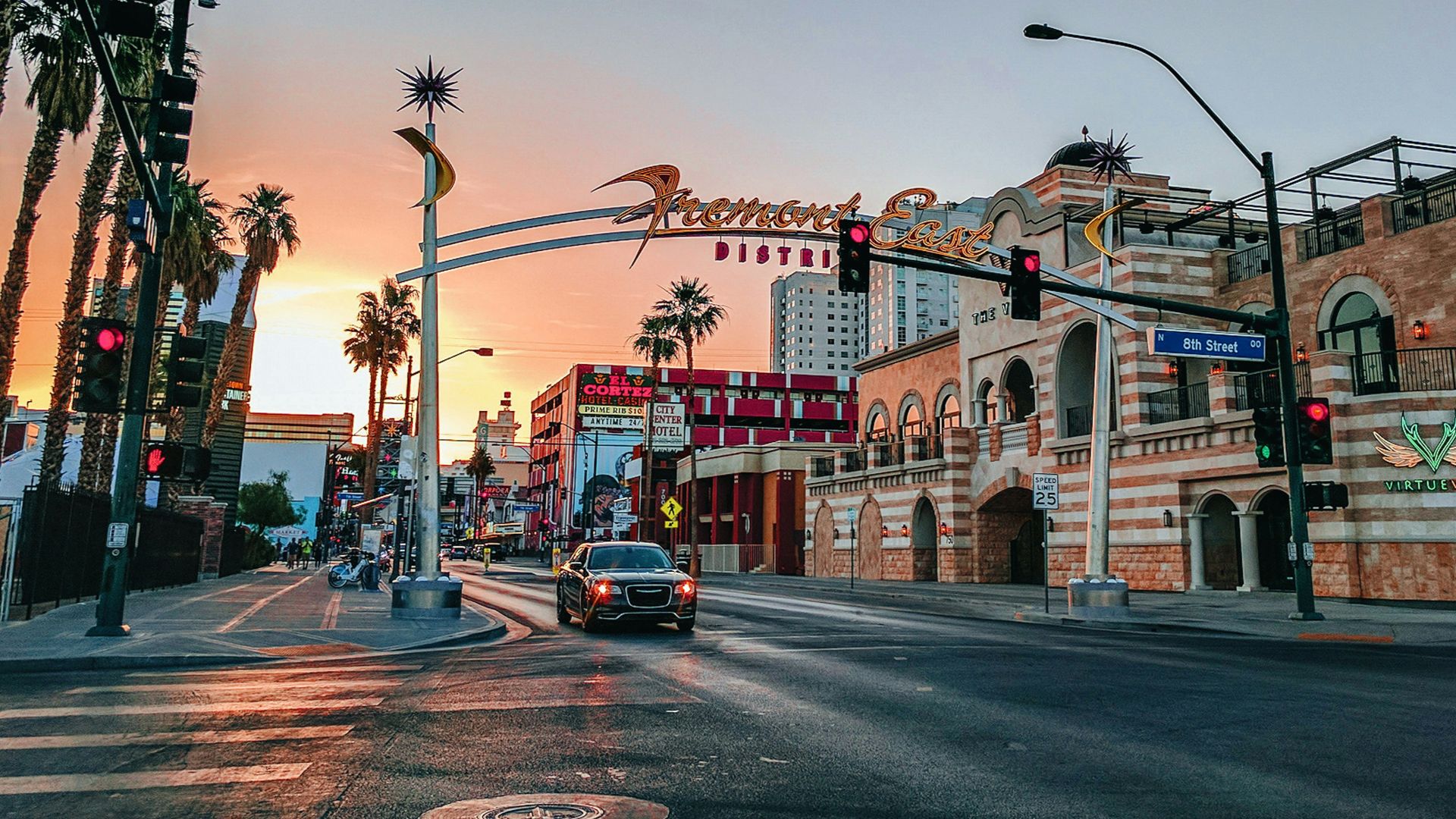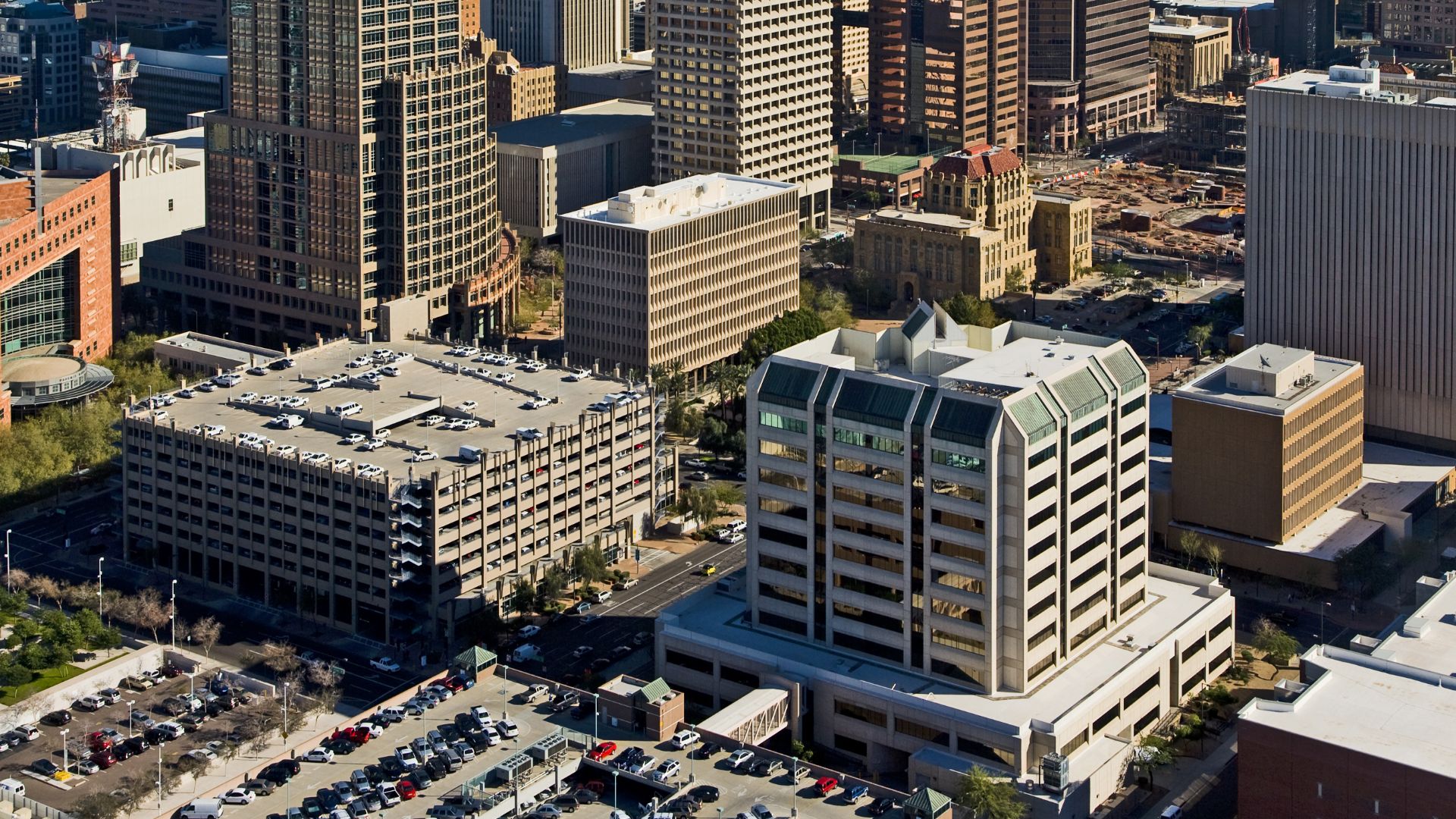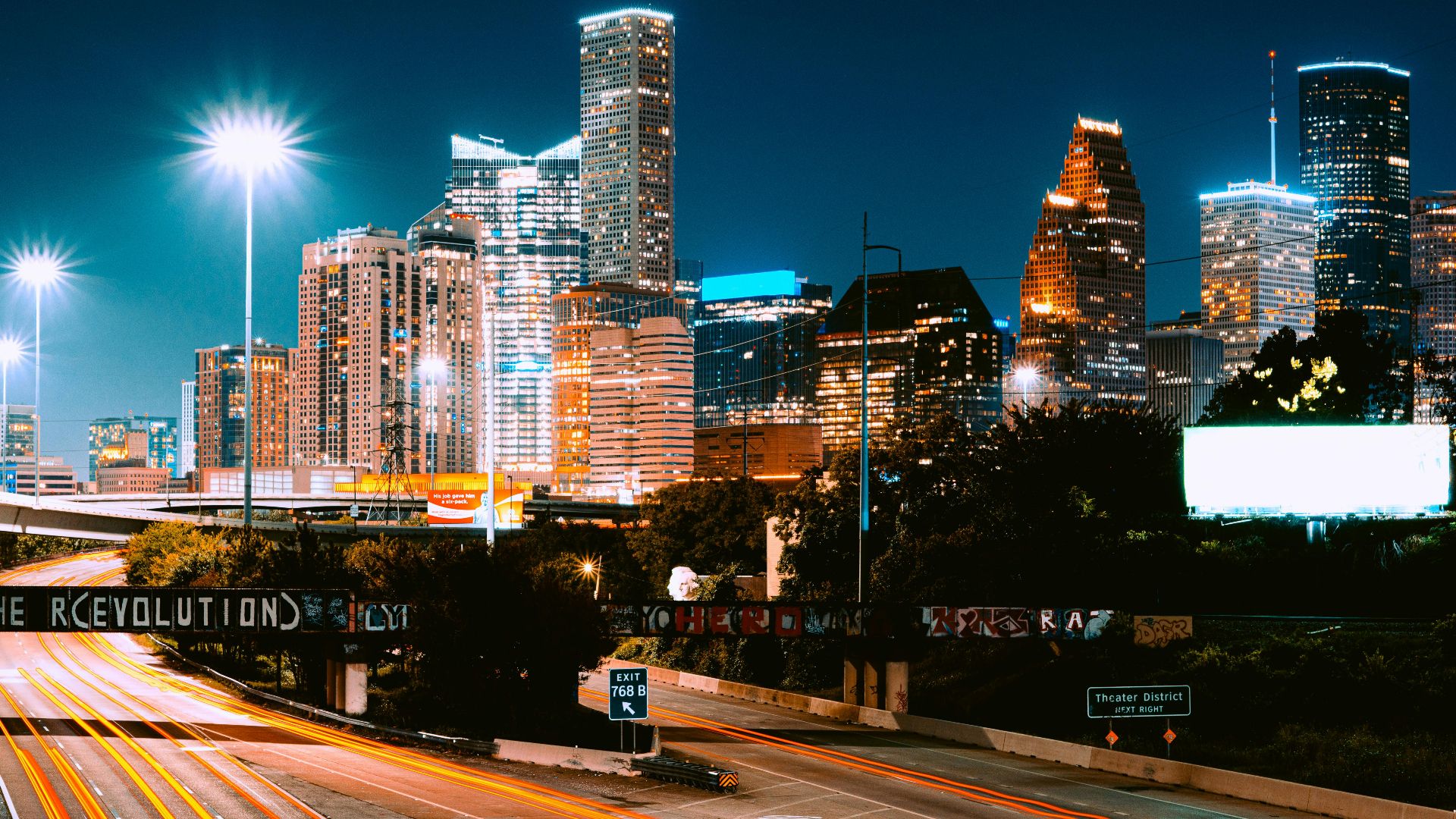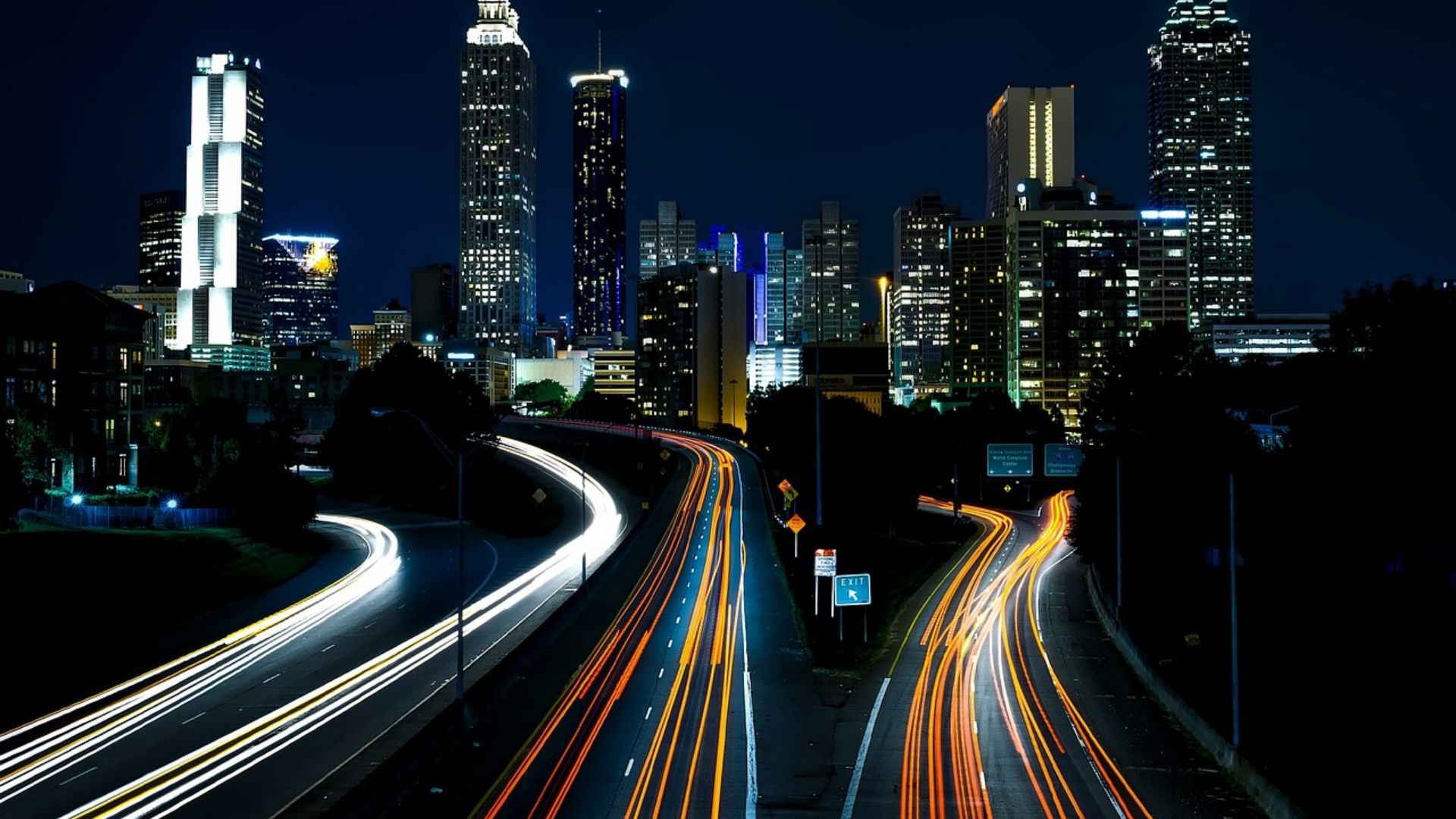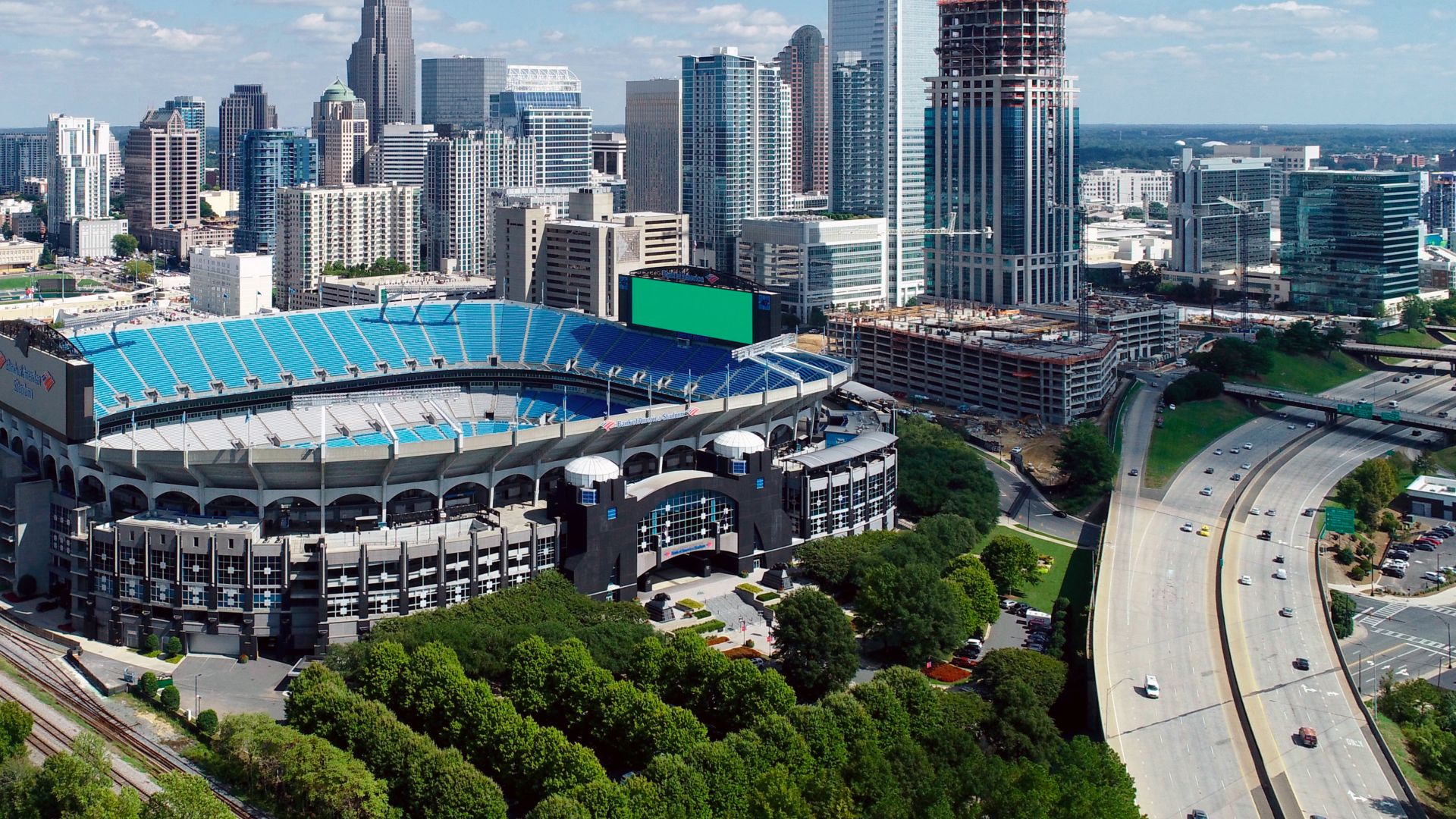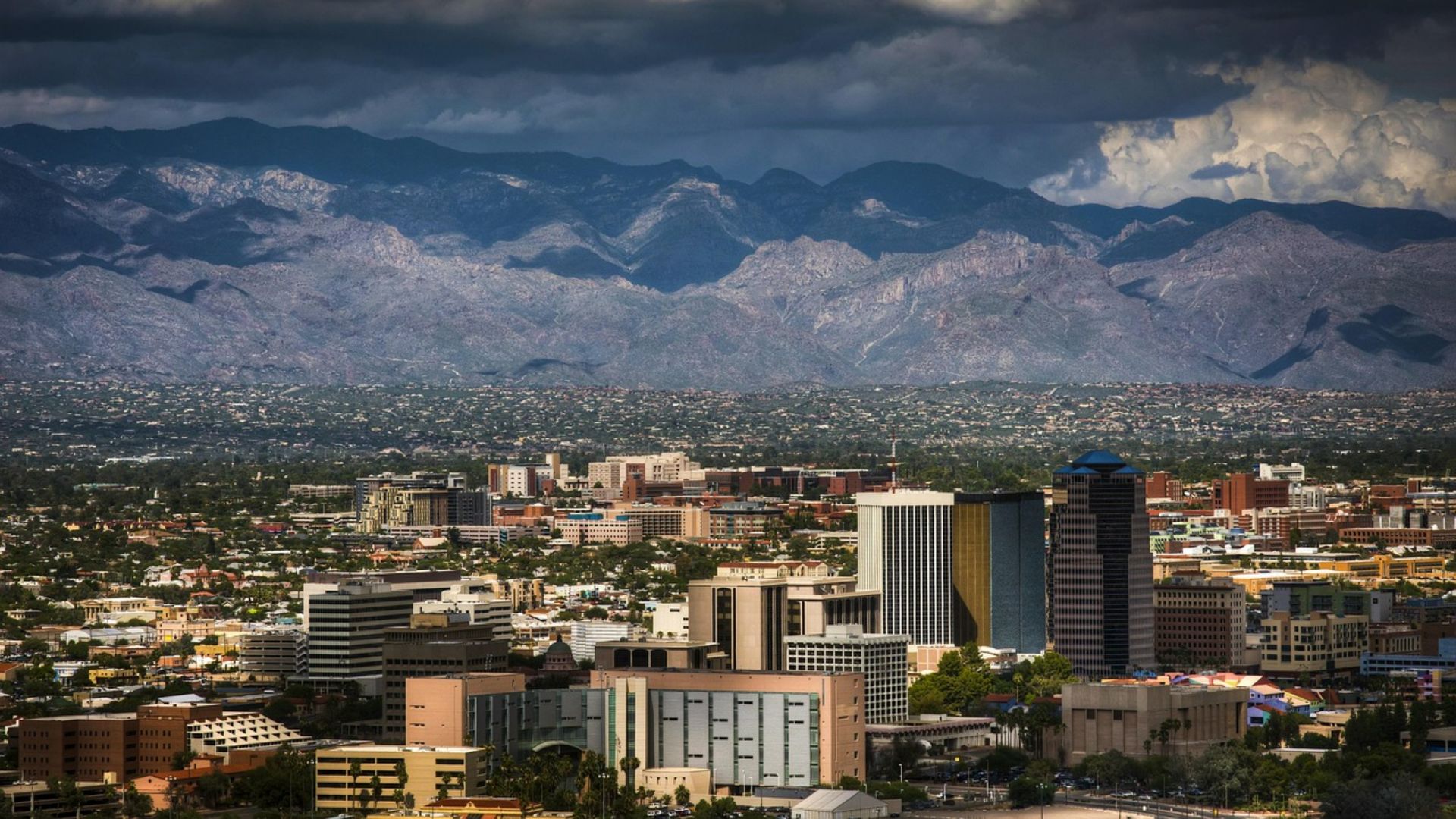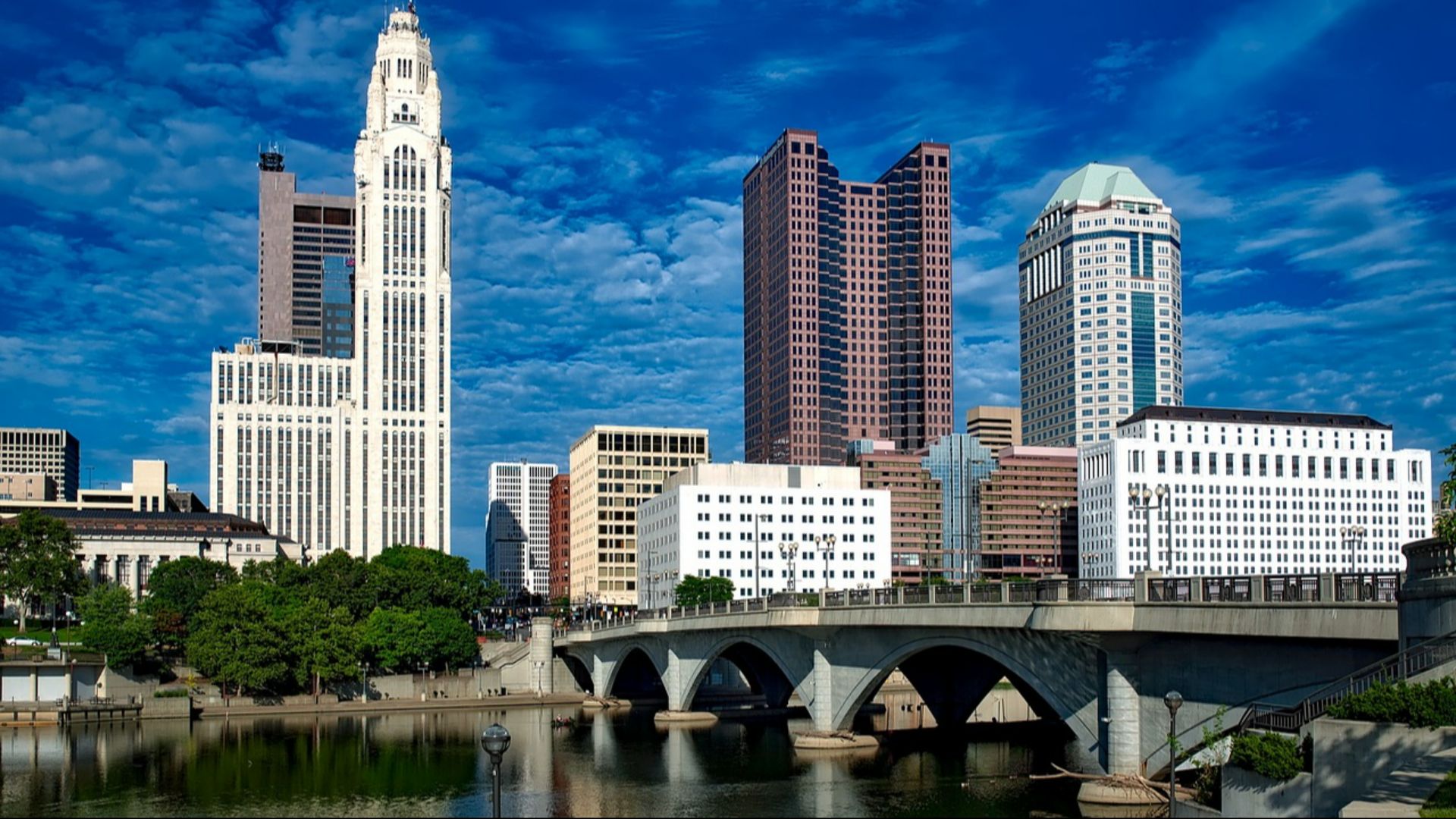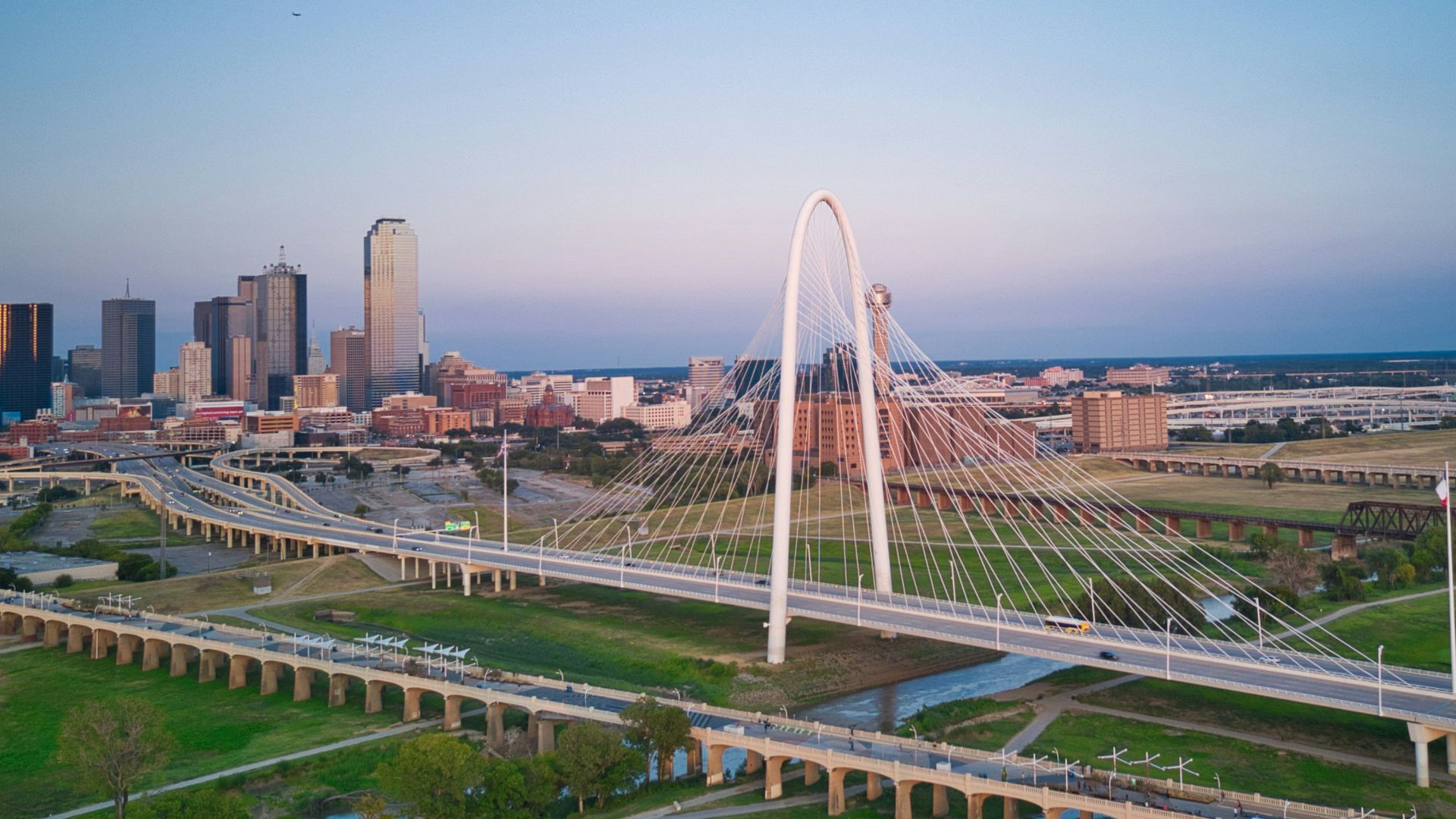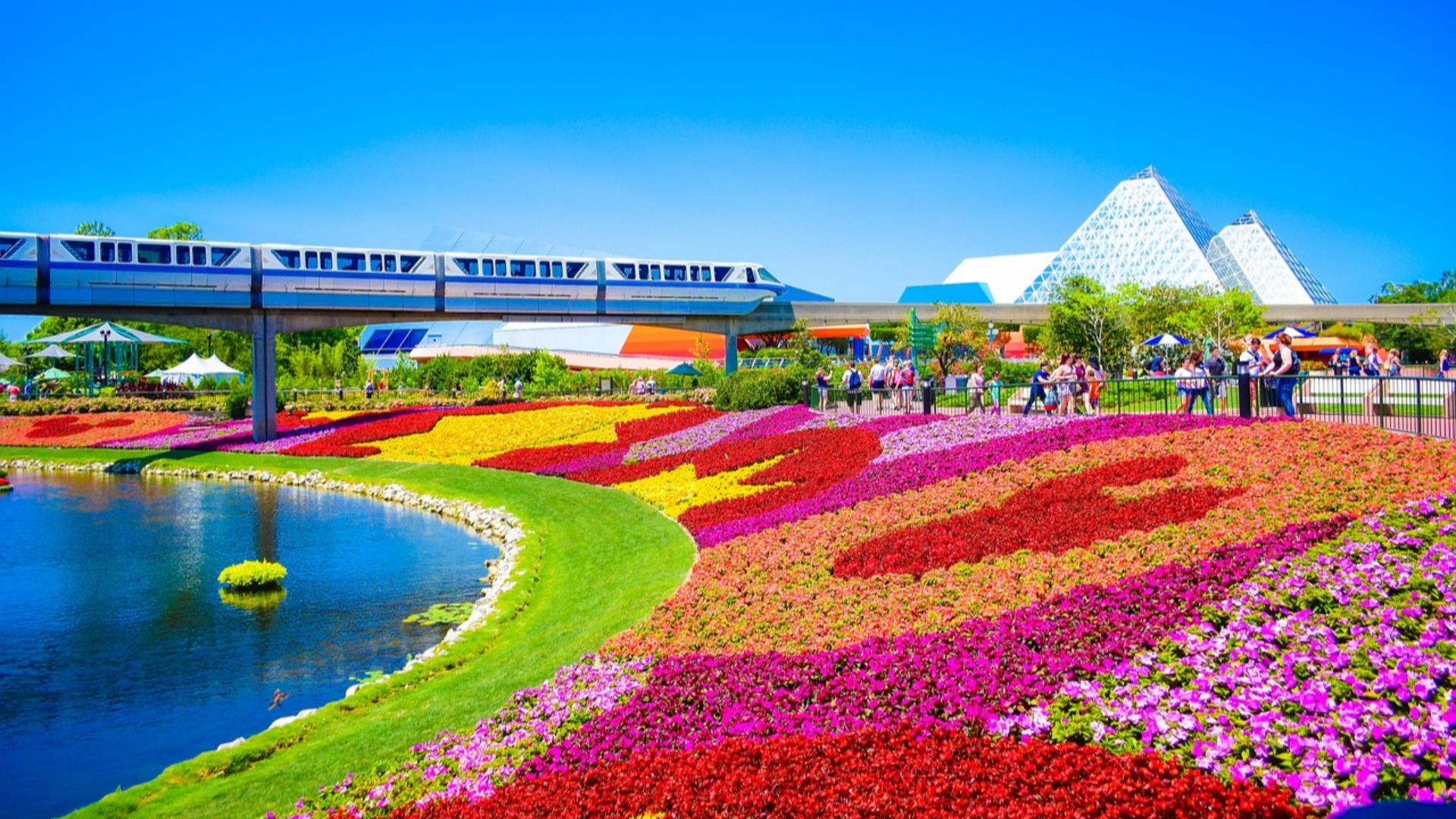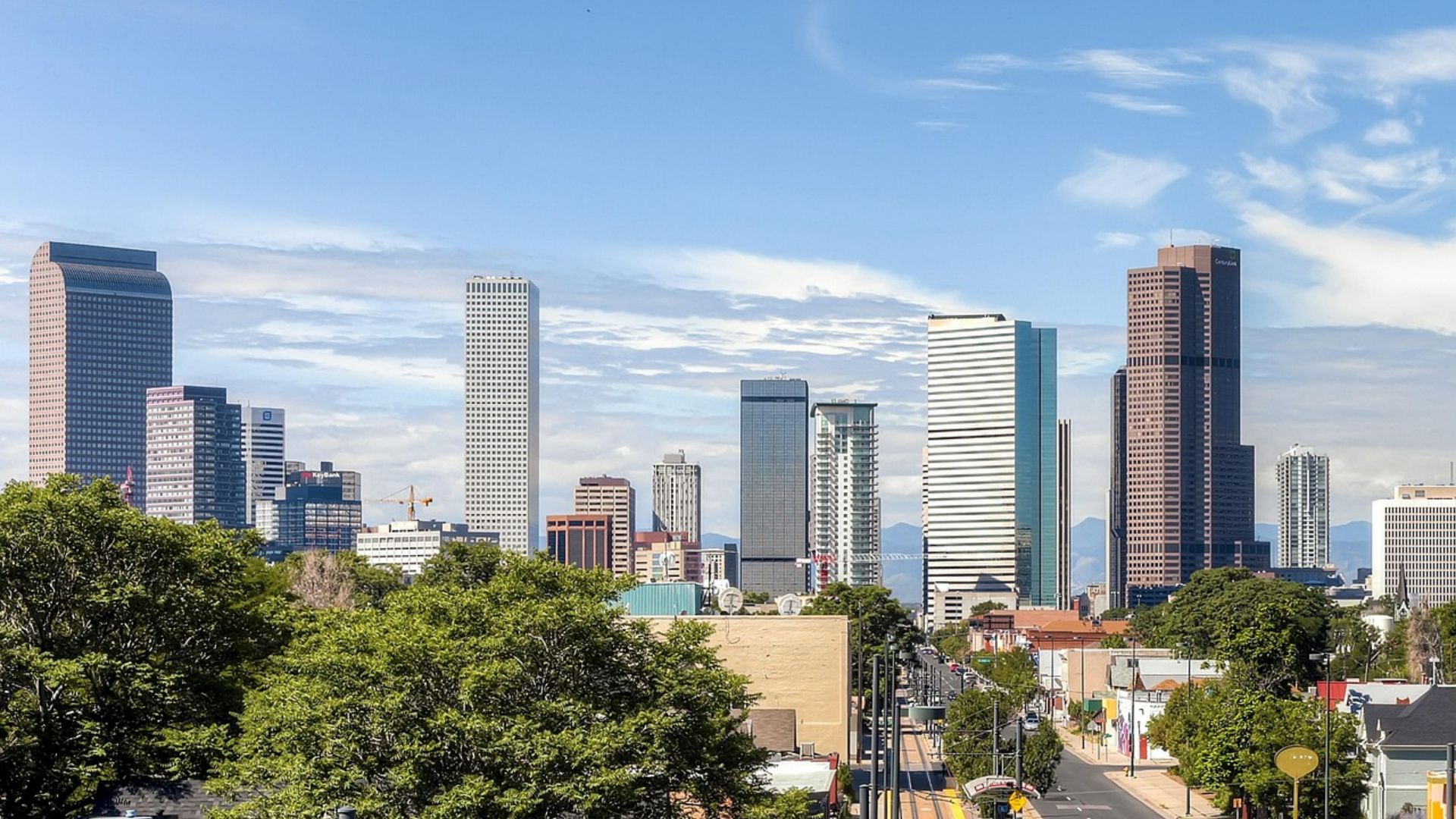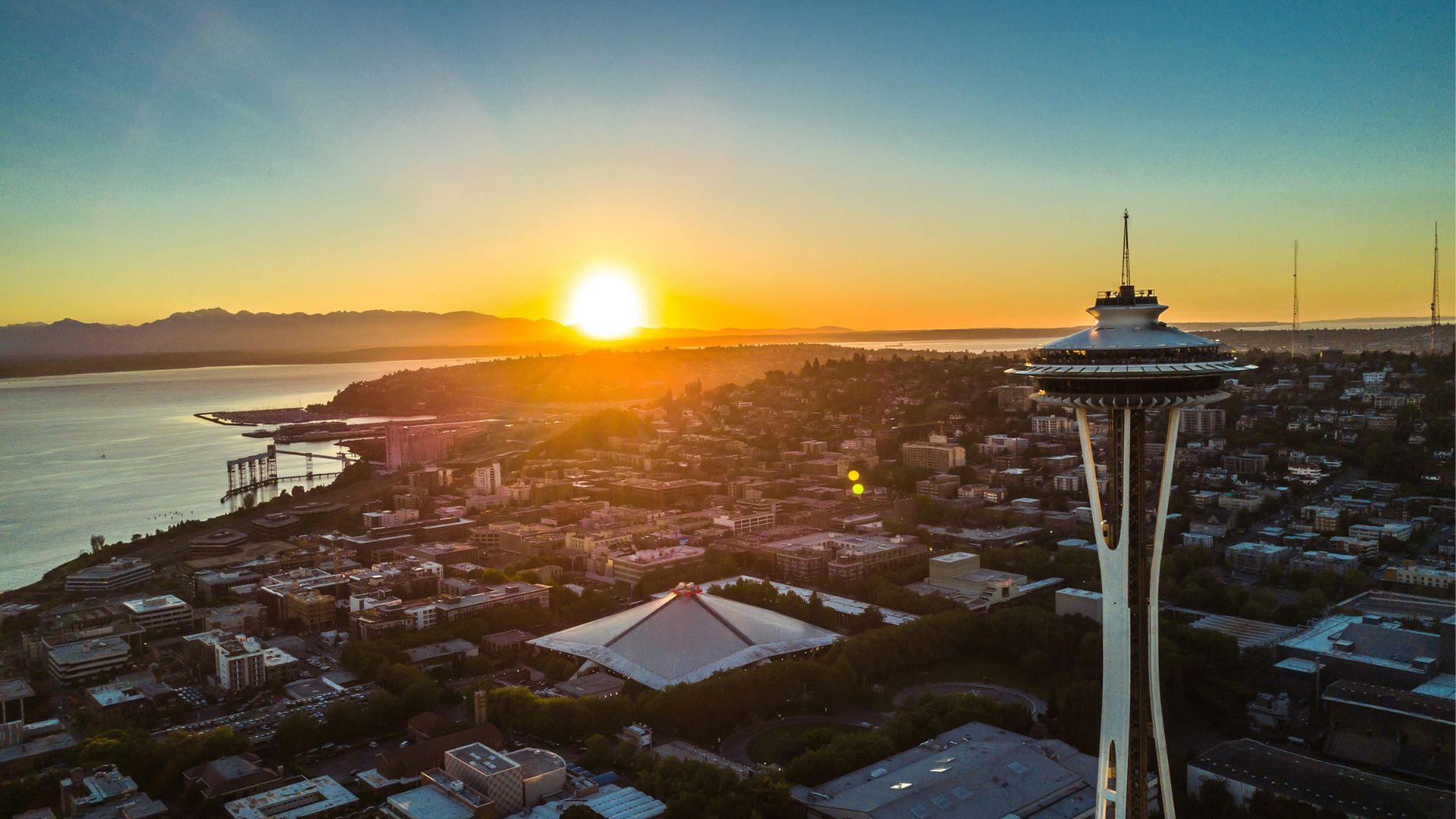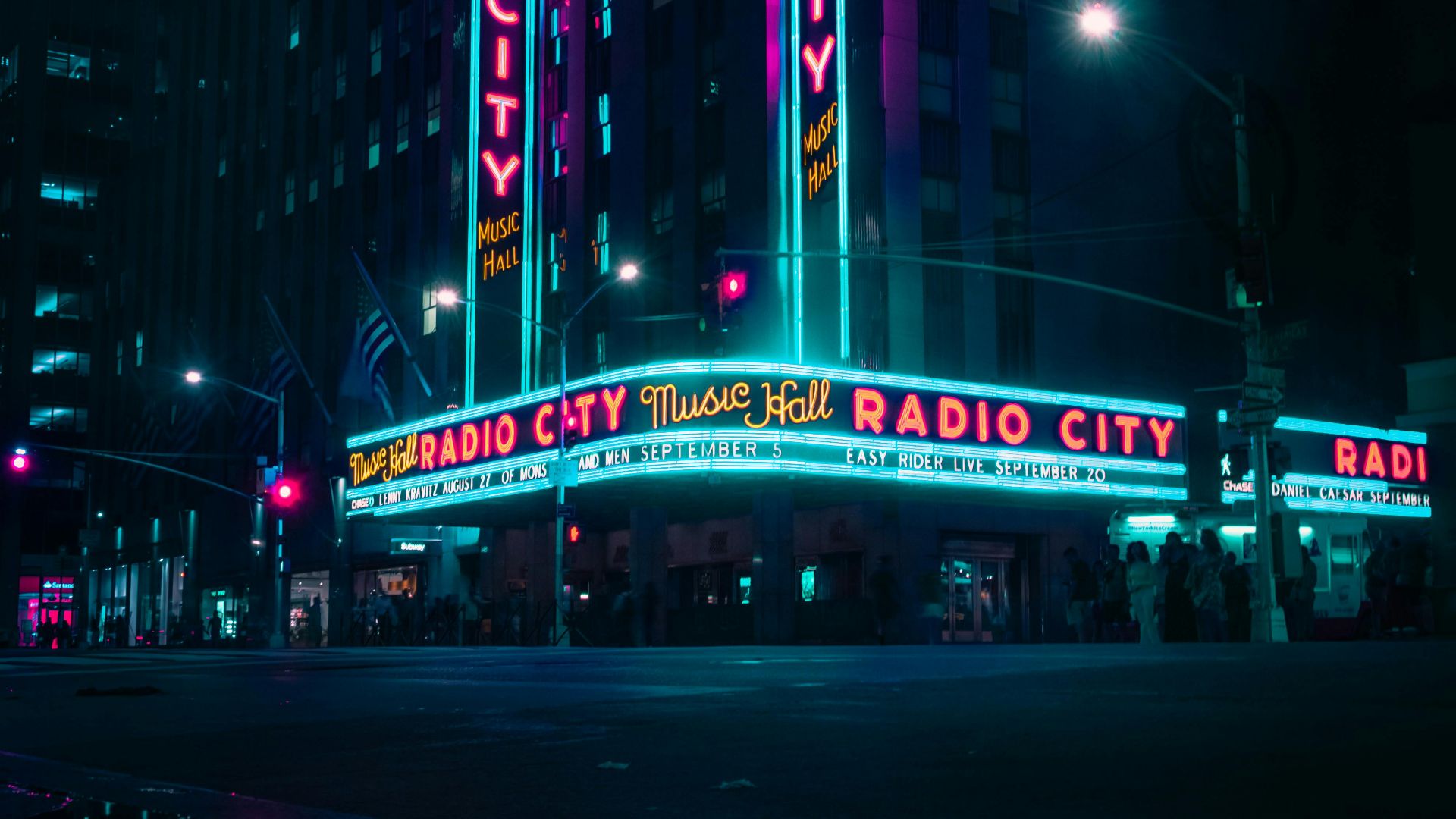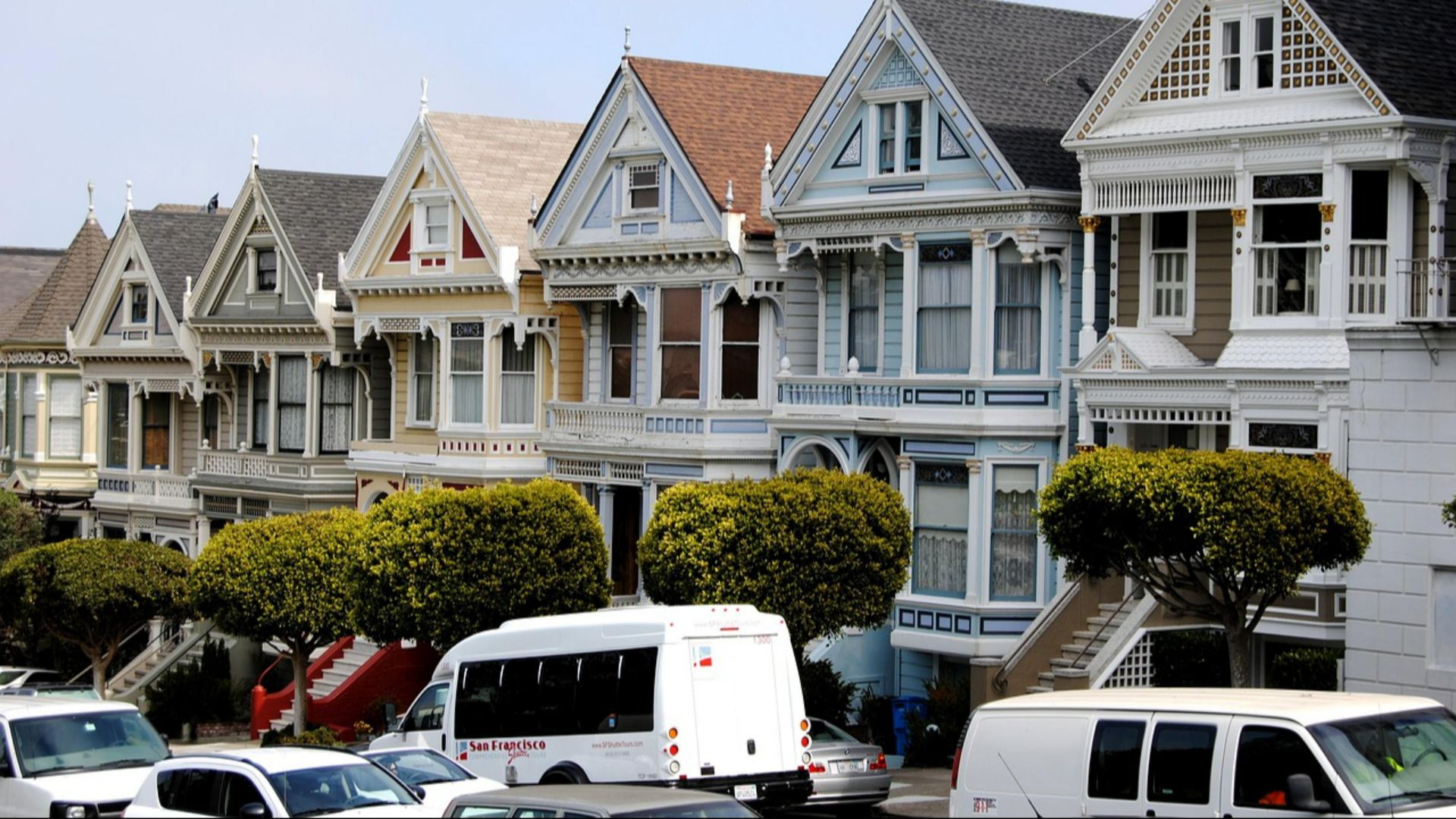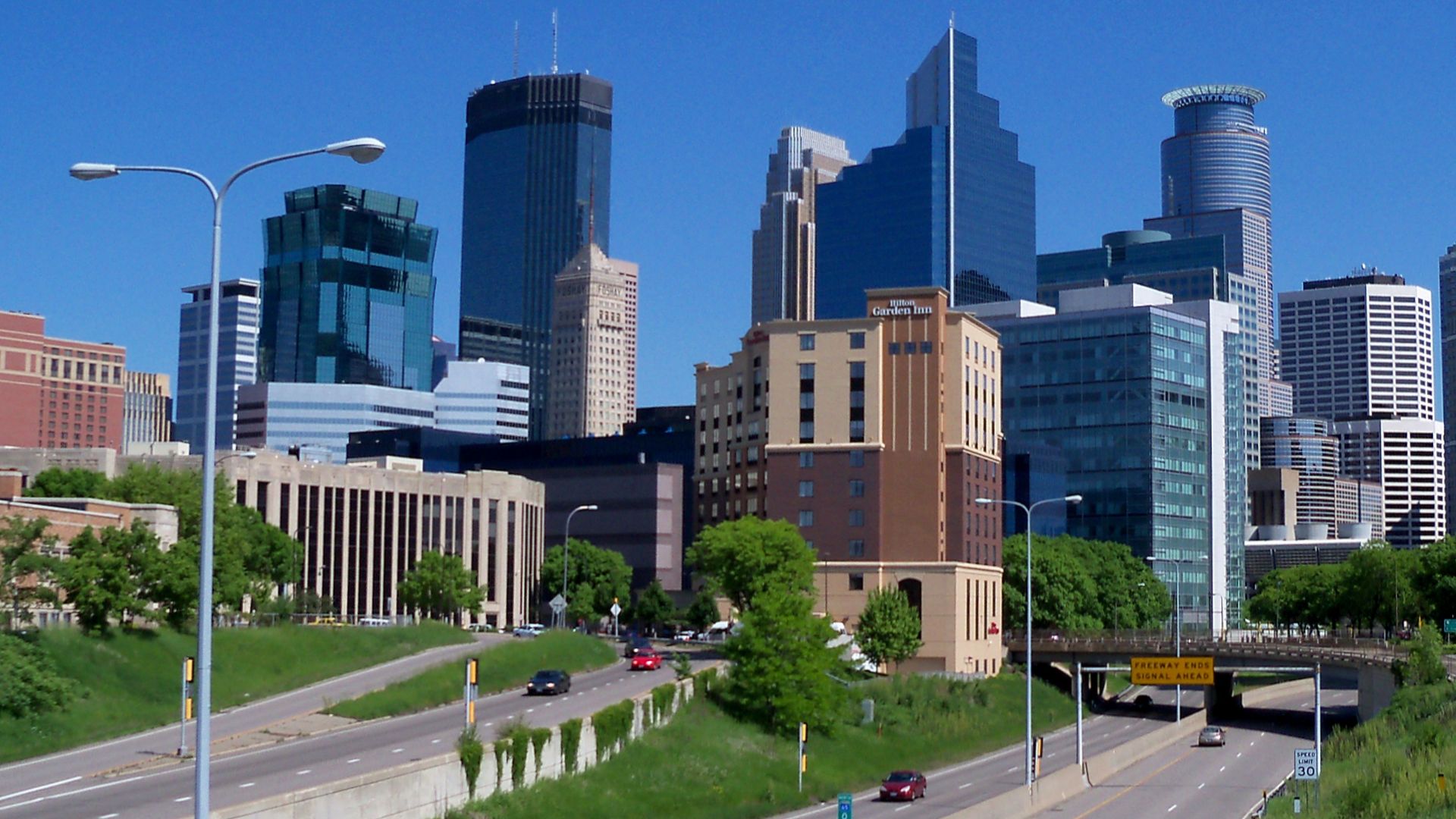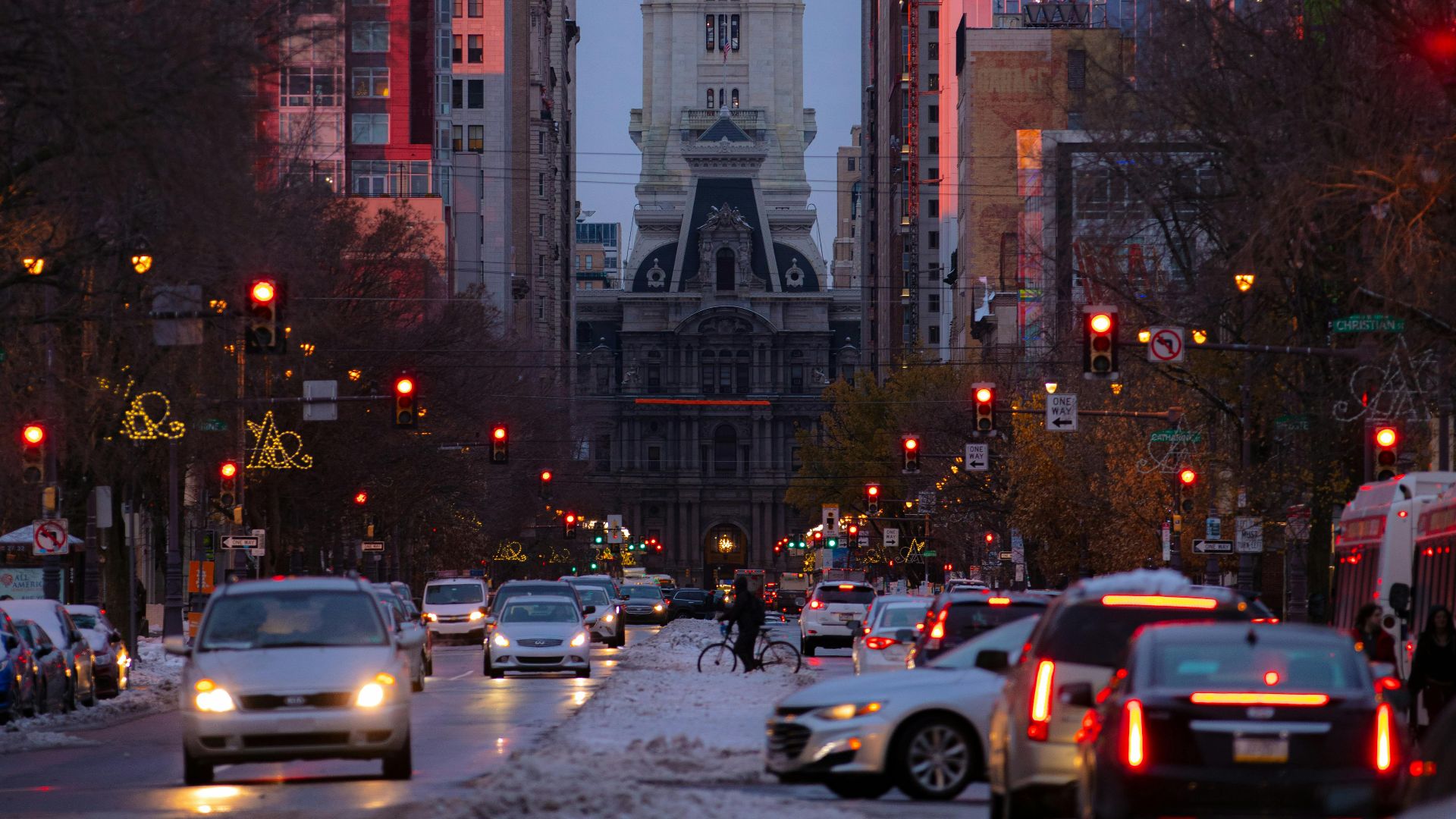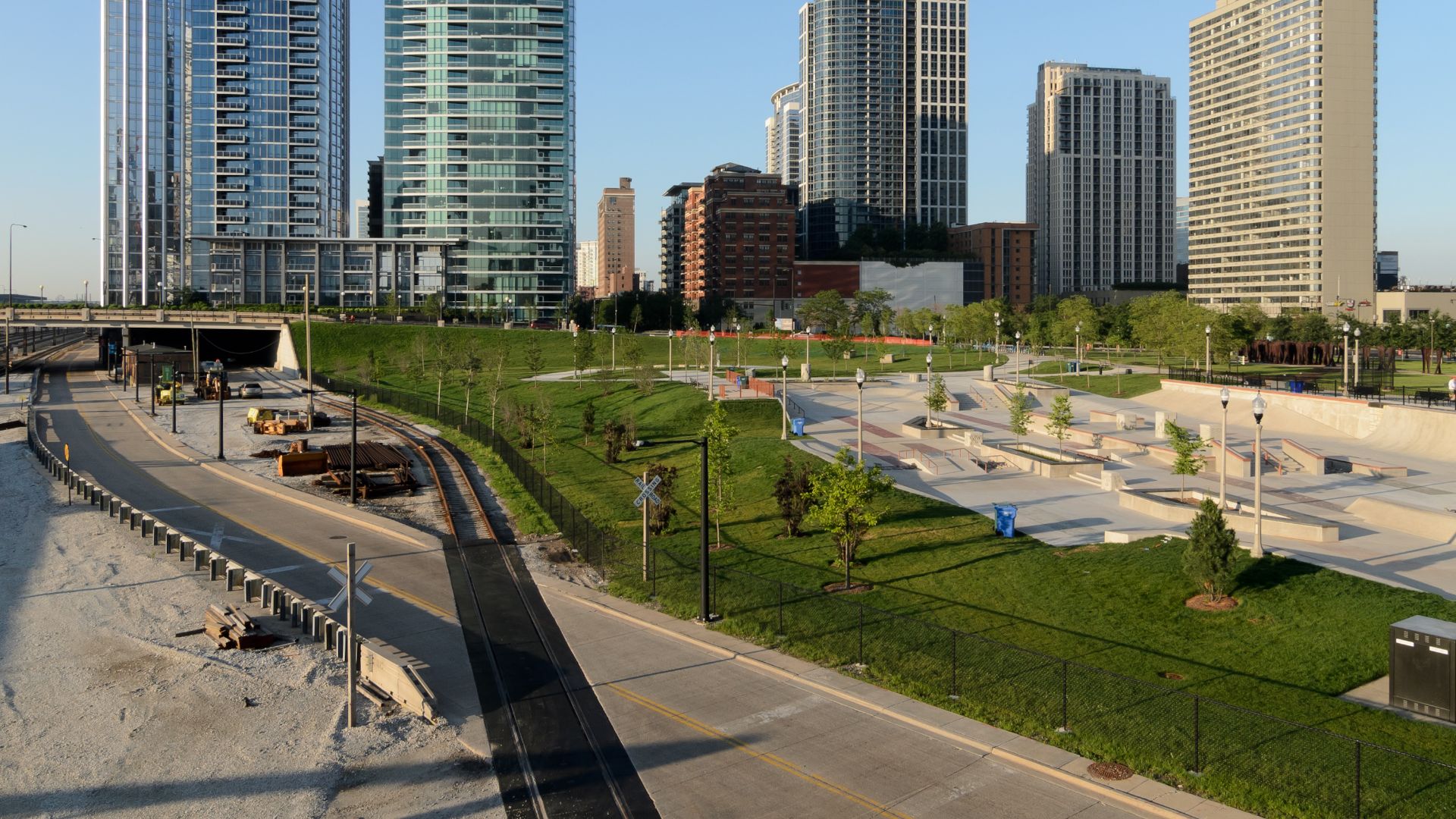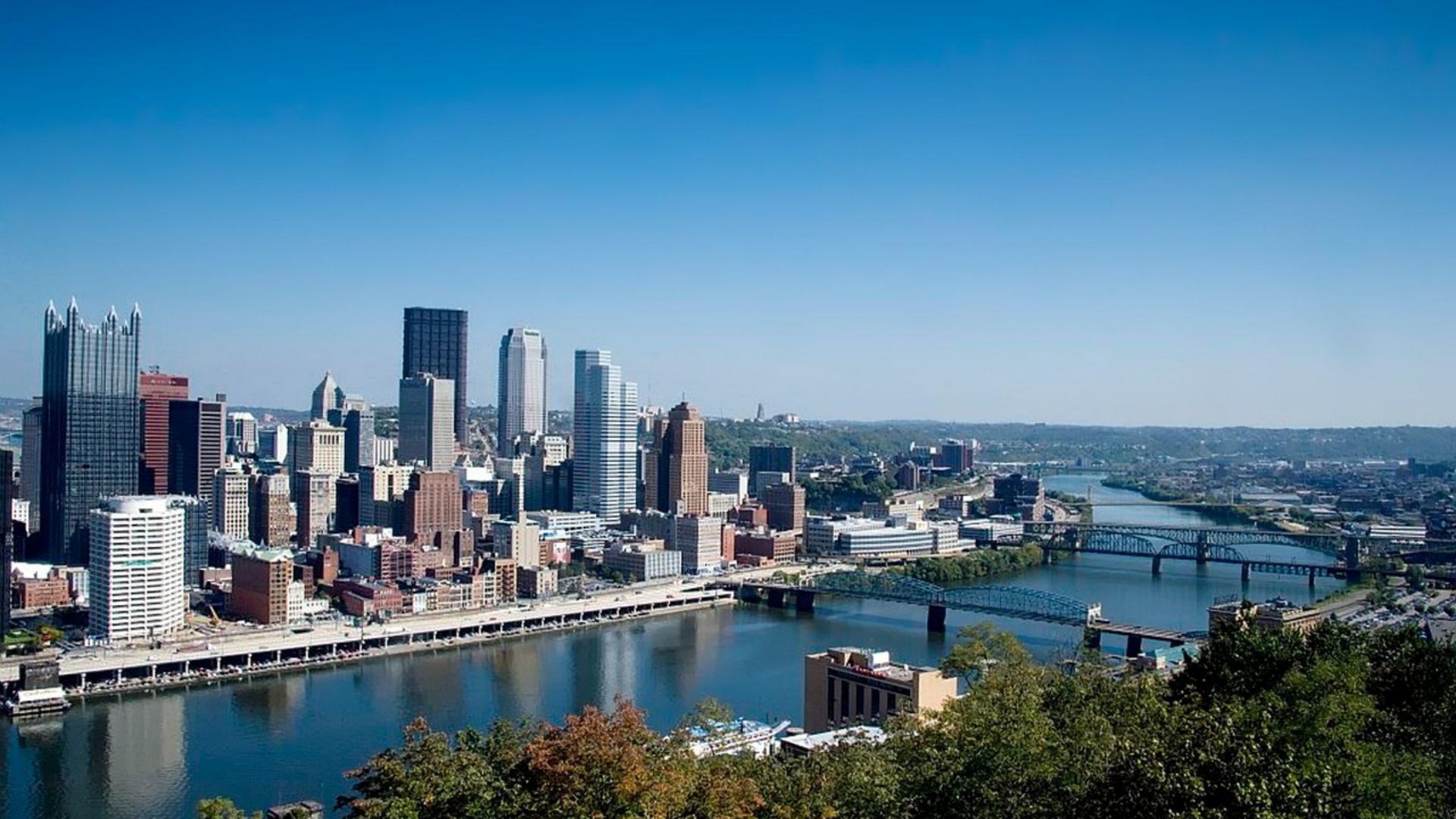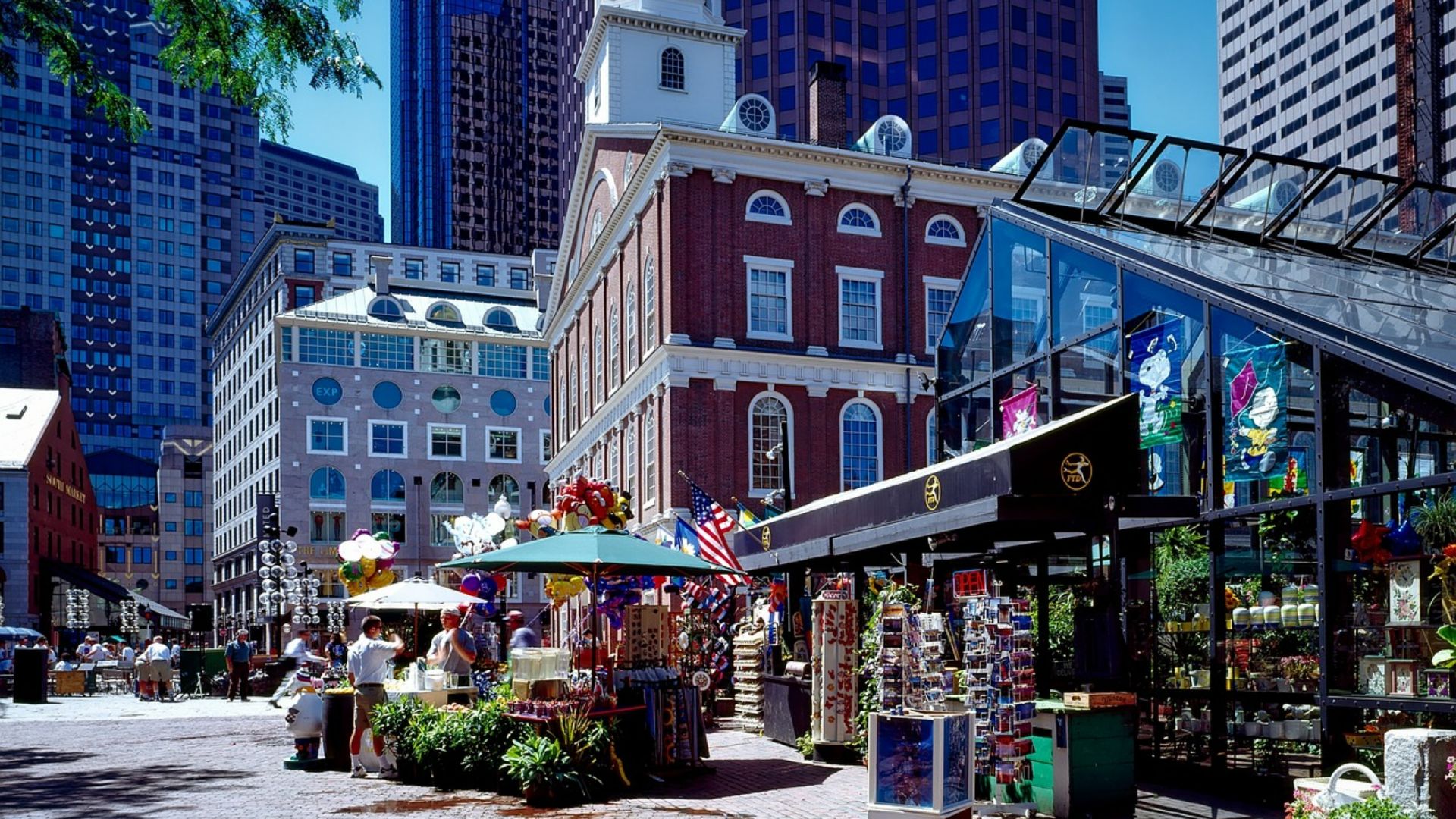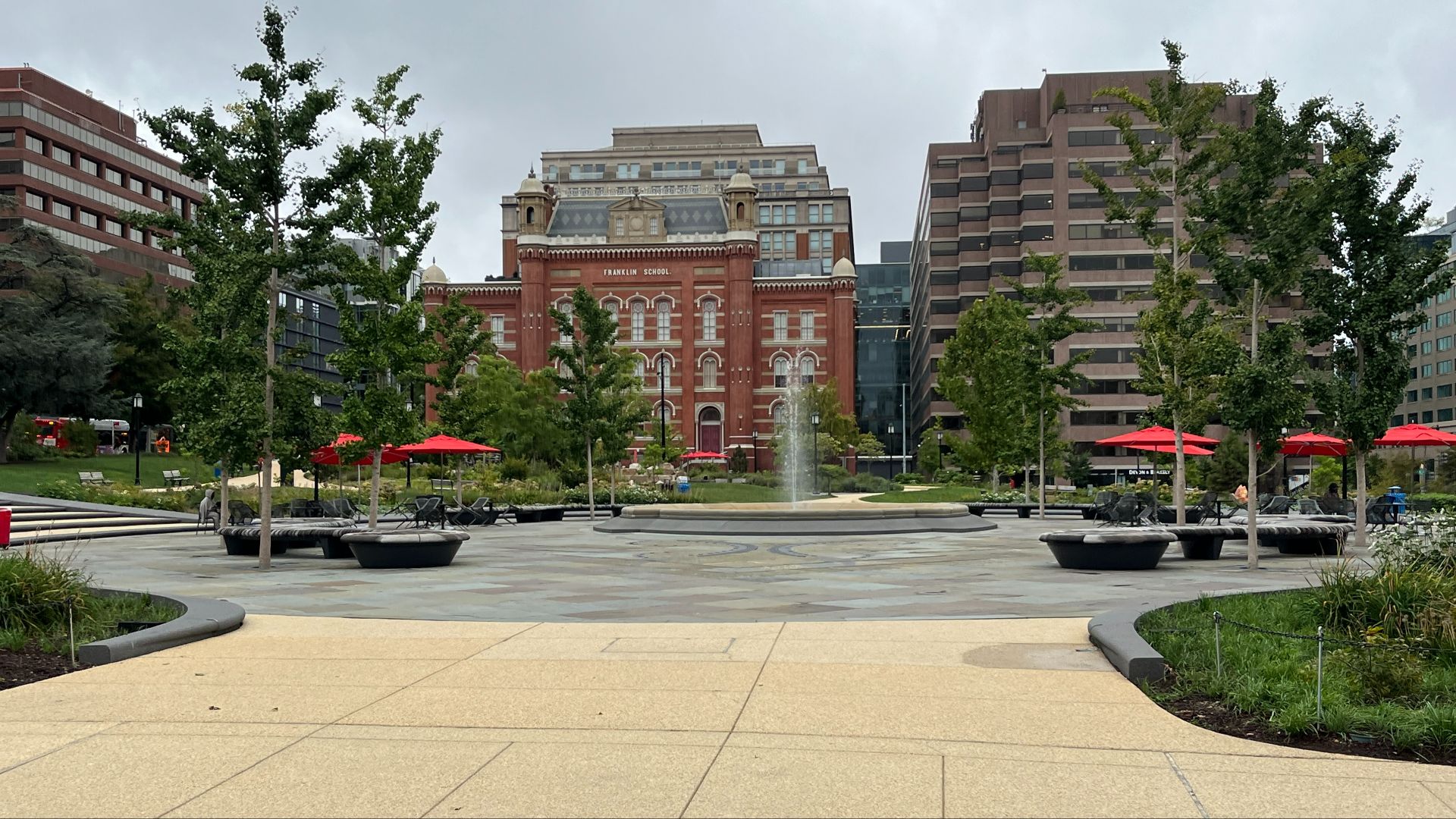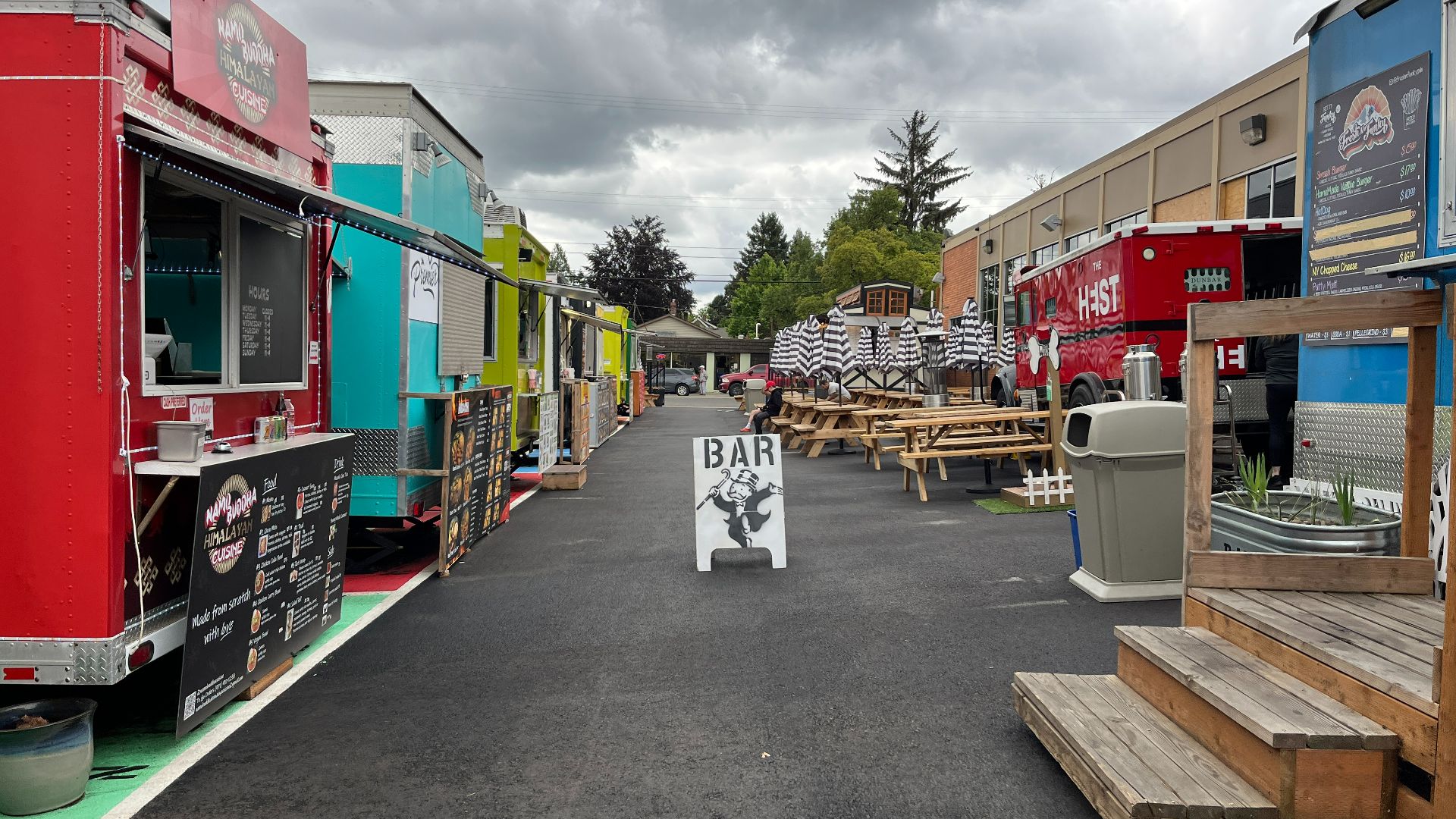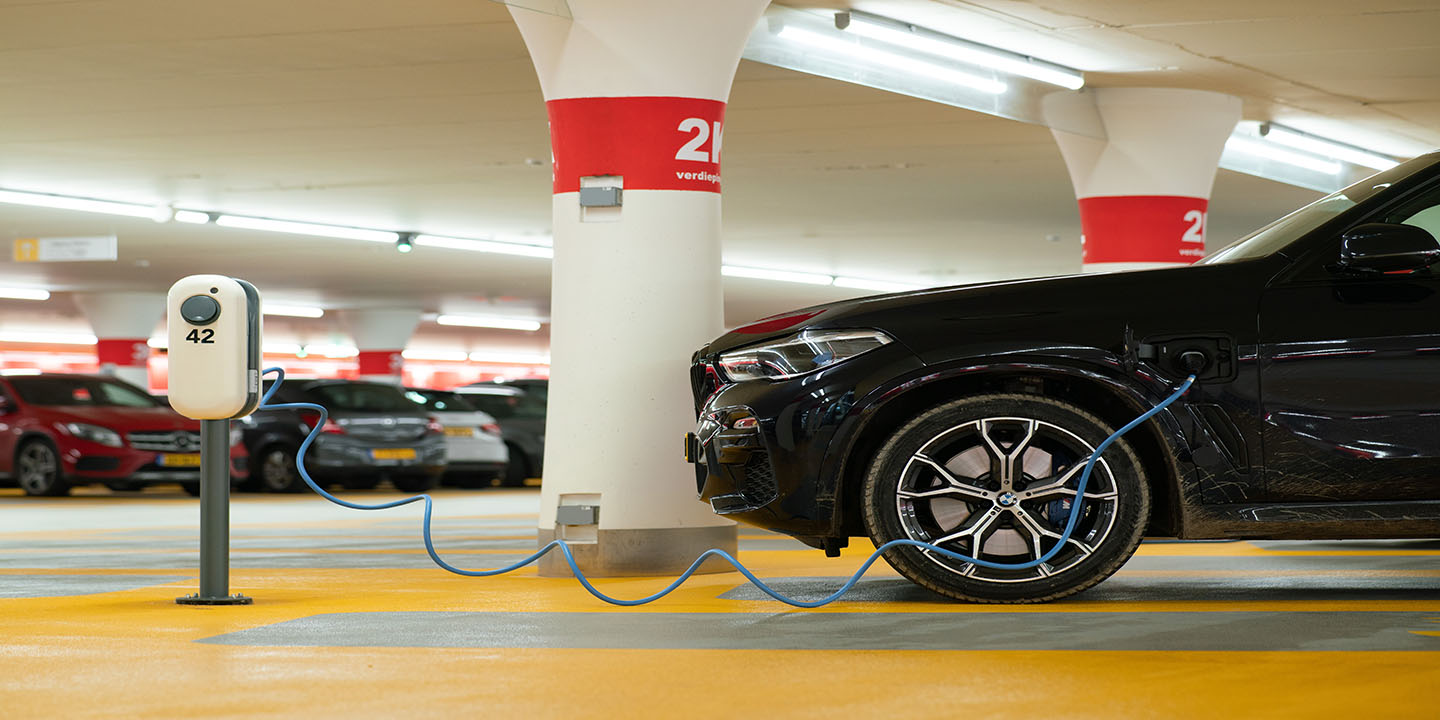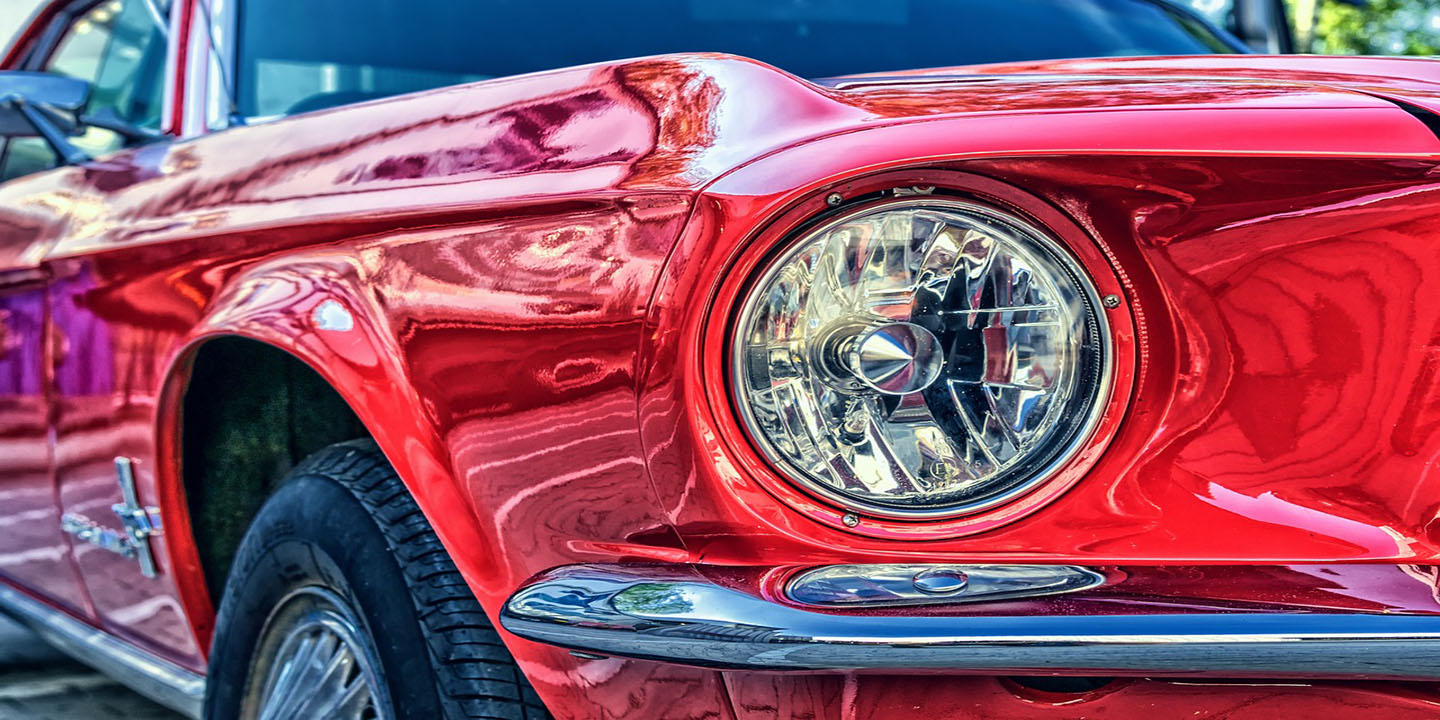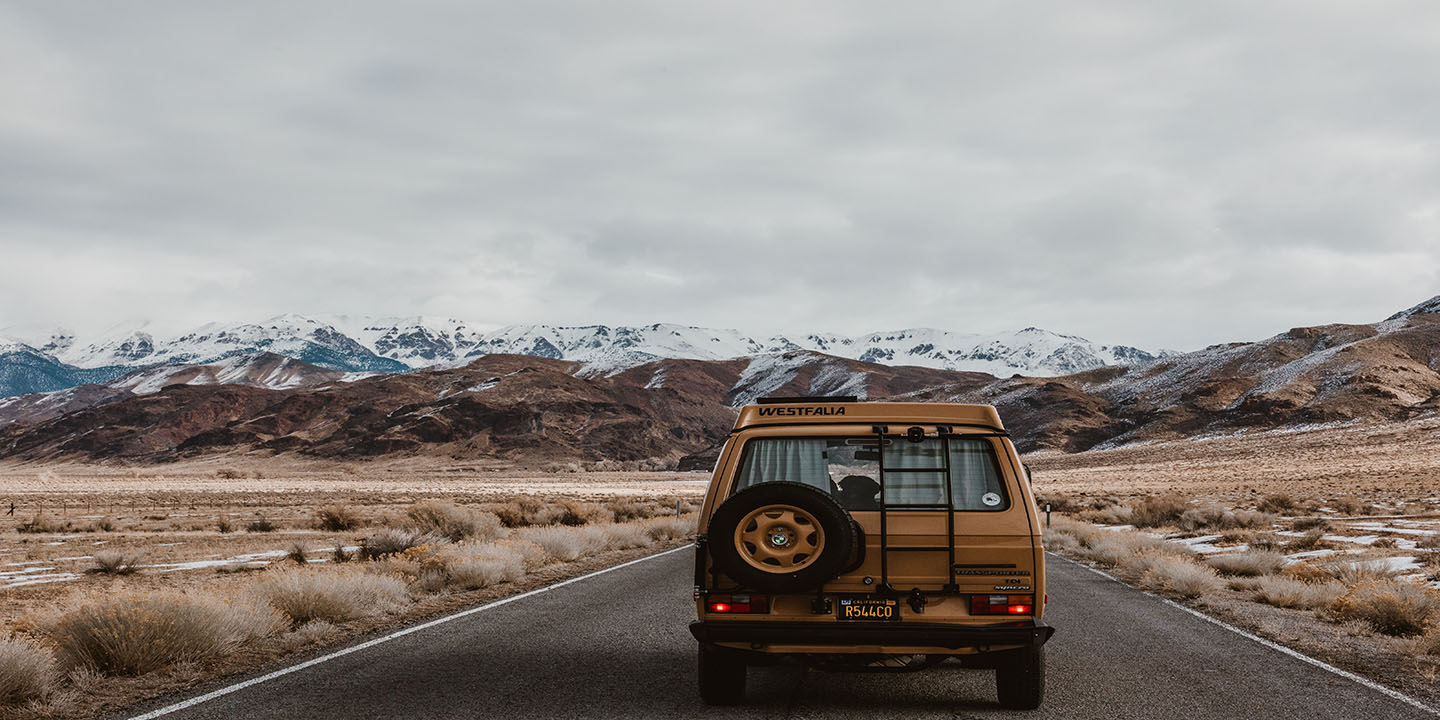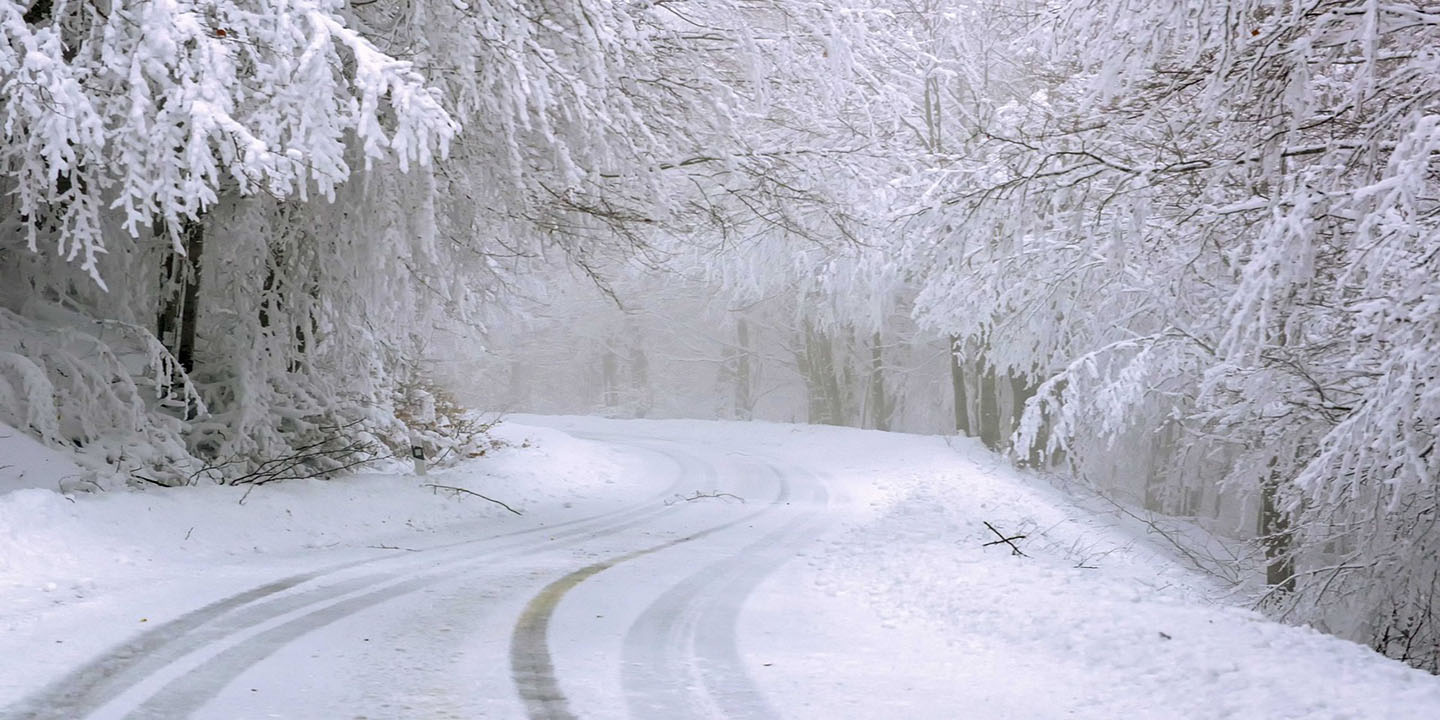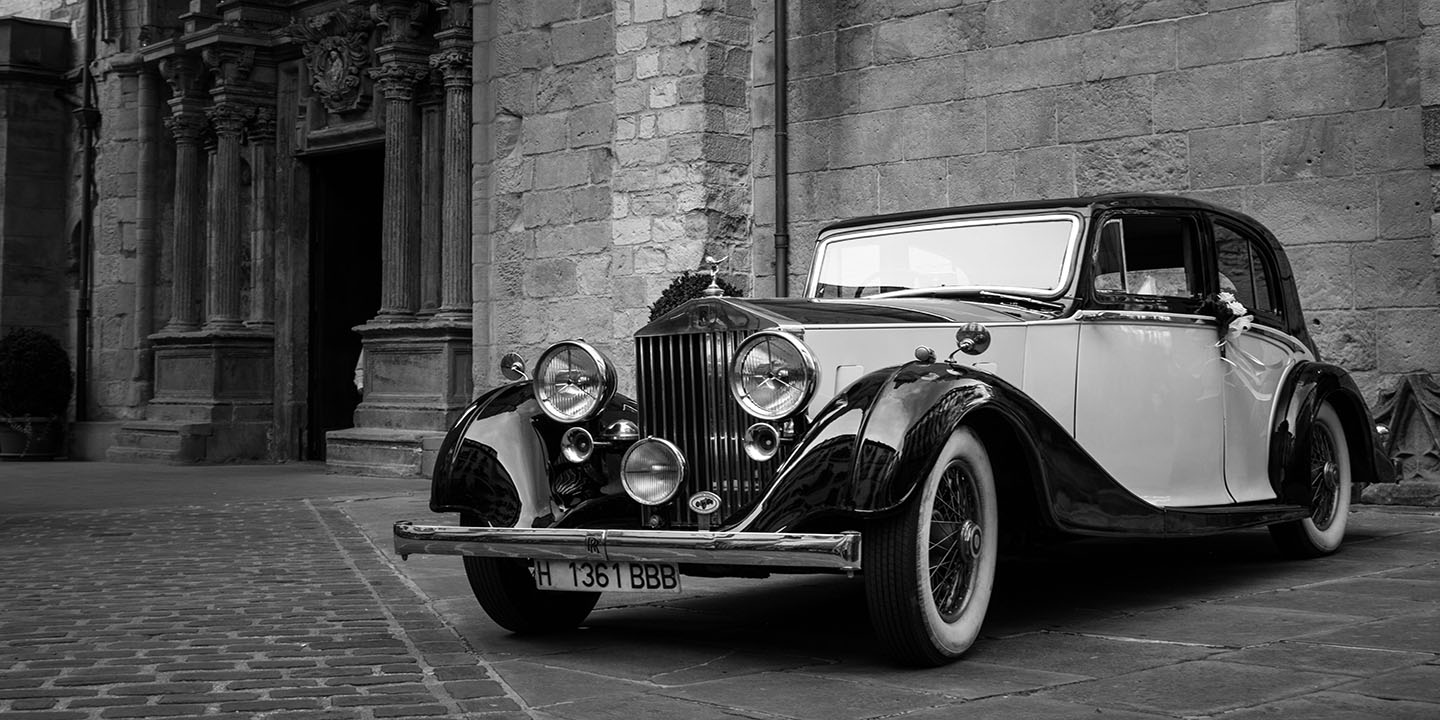10 Cities Where Driving Is A Must & 10 Where It's Completely Impractical
Drive, Ride, Or Walk?
Life in American cities is a tale of two commutes. Some areas were built for cars, spreading wide across hundreds of square miles, while others evolved into dense urban spaces where owning a car is more of a headache than a benefit! If you're about to head out on a vacation or move to a new city, you need to have a lay of the land to know what to expect. So let's take a look at 10 cities where driving is a must and 10 where you'll never want to look at a car again.
1. Phoenix, Arizona
Phoenix sprawls across 517 square miles of scorching desert, where temperatures can hit 110°F. So, walking isn't an option. As for public transit, it barely covers a sliver of the metro area, and ride-sharing costs a fortune. That's why your car isn't just for traveling in Phoenix; it's survival gear.
2. Houston, Texas
Life in Houston would be a struggle without a ride because there are no zoning laws, which means everything's spread out. Commutes are long. Distances between home, work, and grocery stores are huge. The freeway system also spans 2,200 lane miles, which is like a concrete jungle.
3. Atlanta, Georgia
The metro area in Atlanta covers around 8,376 square miles of pure driving territory, and MARTA is more like barely-there transit due to infrequent service and limited reach. Since the suburbs stretch across multiple counties, they create a highway web that demands a car. So, Atlanta is fun only when you're on four wheels.
4. Las Vegas, Nevada
Welcome to Sin City—where walking is for superhumans since it’s quite impractical. Casino complexes cover very long distances, and temperatures regularly torch the 100-degree mark. Major attractions are also far apart from any sensible walking. When in Las Vegas, your personal or rental car is the only ticket to commit (legal) sins.
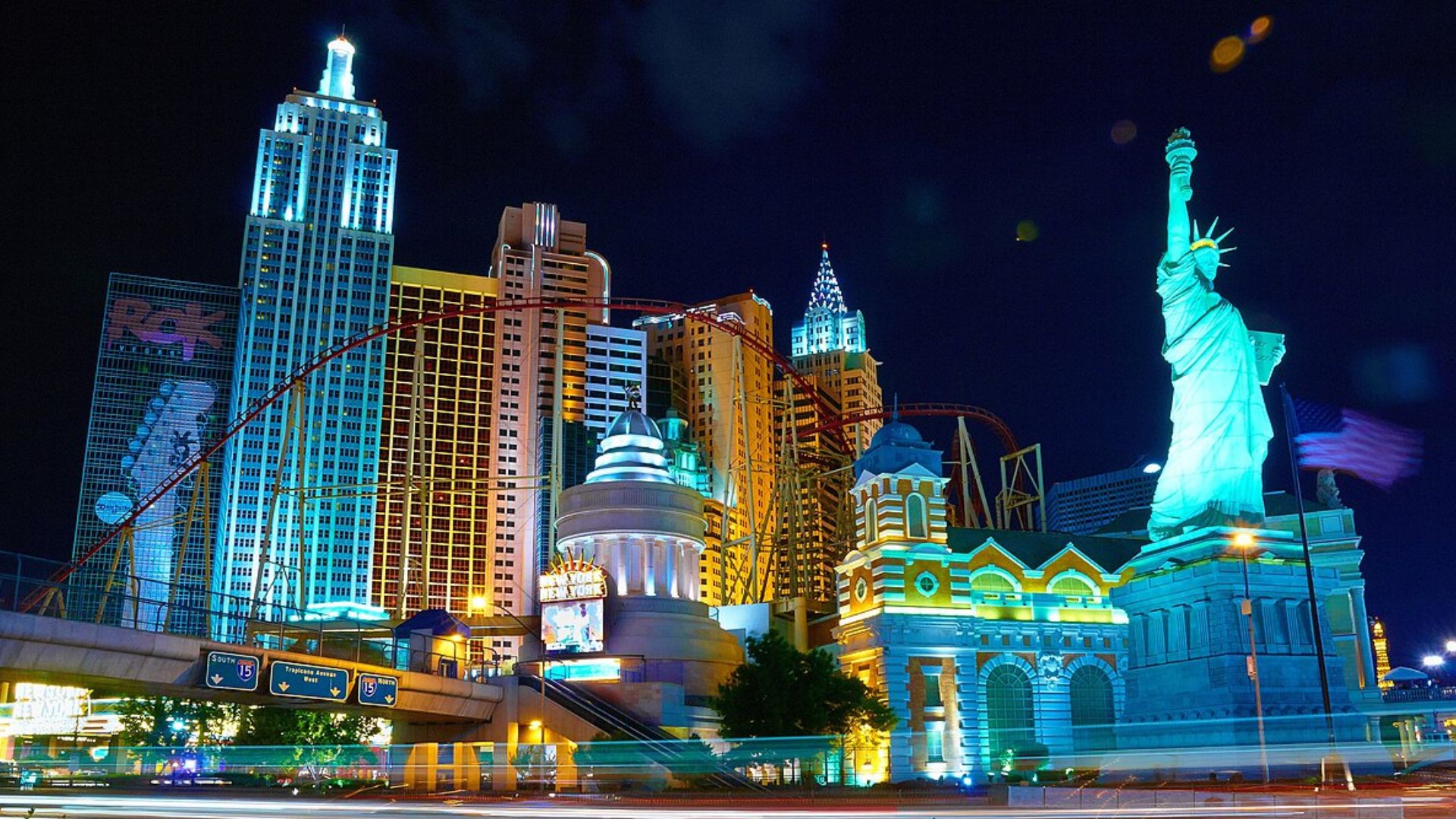 Moyan Brenn from Anzio, Italy on Wikimedia
Moyan Brenn from Anzio, Italy on Wikimedia
5. Charlotte, North Carolina
Light rail covers just a tiny fraction of commuter routes in Charlotte, covering roughly 19.3 miles. The good part is that neighborhoods are nicely designed for cars, so don't avoid taking one. Charlotte screams, "Get a car,” because suburban expansion has created an area where driving is just mandatory.
6. Tucson, Arizona
We have one more Arizona city on the must-drive list, which is Tucson. This one is another desert area in this state where you definitely need a car. High temperatures make walking nearly impossible, and public commutes are available for a very small percentage of people.
7. Columbus, Ohio
Columbus, the Midwestern gem, shouldn't seem surprising. The Suburban expansions around the city mean driving is your only real option if you want to stay safe and comfortable. The regular streets are also very wide in this city. Thankfully, you can find plenty of parking space.
8. Dallas, Texas
The metro area here spans a huge four-wheeler territory, and the local public transit serves a measly 3.8% of travelers. Plus, everything's far in Dallas. Freeways total 5,700 lane miles of proper driving pleasure, and you need to take your ride there for the ultimate road trip.
9. Orlando, Florida
If you're a tourist, keep in mind that Orlando's theme parks are miles apart, and other attractions demand skilled driving. The metro area covers 4,012 square miles of tourist region. Moreover, there are chances of afternoon thunderstorms and blazing heat that can kill your walking dreams.
10. Denver, Colorado
Public transit covers a large area in Denver, but nearly 70% of residents don't have access to frequent routes. Many areas remain poorly connected, especially as suburbs stretch across multiple counties. In winter, snow and icy conditions make walking quite unsafe. For most people, driving is simply the easiest way to get around.
1. Seattle, Washington
If you want mountains and water views to reward your journey, choose to walk in Seattle. Otherwise, prepare to spend $20-$35 daily on parking. There's also steep terrain that makes driving a complex calculation in Seattle. Thankfully, while walking, you can make the abundant green areas and coffee shops your rest stops.
2. New York City, New York
The Manhattan subway weaves underground like city veins, so you can easily commute. Plus, abundant taxis, buses, and subways make personal vehicles feel expensive. That's why walking has become a good means of transportation for any New Yorker. The sidewalks have endless street performers, hidden cafes, and cultural collisions.
3. San Francisco, California
In San Francisco, steep hills turn driving into an urban nightmare, and parking costs hit around $50 daily. Then, one-way streets twist like complex puzzles. Fortunately, BART and cable cars slice through neighborhoods faster than any personal vehicle. No matter if you walk or bike, you'll enjoy beautiful bay views and dedicated, safe lanes.
4. Minneapolis, Minnesota
You can either walk or pick up a bike in Minneapolis for a more comfortable and fulfilling experience. You'll love the lakes, parks, and urban innovations that line the path. The driving scene is already tough here, and if you visit Minneapolis in winter, even parking becomes a regulatory challenge.
5. Philadelphia, Pennsylvania
Philadelphia's SEPTA transit weaves the historic and contemporary neighborhoods in a fine way. As you walk (which is safe here), you are bound to encounter amazing street art, cheesesteaks, and many more unexpected discoveries. Your feet would be the ultimate exploration tool in Philly.
6. Chicago, Illinois
In Chicago, winter makes driving a survival risk. Traffic can almost cost you 52 hours of delay annually. Thankfully, the good public transit in Chicago feels like a community gathering, not just transportation. Make use of it and cover every part of the city that has it all.
7. Pittsburgh, Pennsylvania
The next on our "don't drive" list is Pittsburgh, where street parking requires complex permit management, and parking costs range from $15 to $25 daily. To make walking fun, the city's bridges and hills keep urban scenes quite interesting and relaxing. Plus, many architectural stories unfold as you walk—from old mills to modern towers.
8. Boston, Massachusetts
It's mostly the Universities that drive a walking culture in Boston and the T subway system that connects everything—historic districts, modern campuses, residential neighborhoods. Otherwise, the Colonial streets of Boston were never designed for modern cars. Most paths in the city are narrow, which makes driving feel like a challenge.
9. Washington, D.C.
Strict regulations in this city turn street parking into a complex game. The daily traffic congestion can easily add 2-3 hours to your commute. So, monuments become your sidewalk companions in Washington, D.C. The Metro leads you to government buildings, museums, and neighborhoods with a Swiss watch precision.
10. Portland, Oregon
You get a lot of bike lanes and walking paths in Portland as well. But don't worry about getting tired while exploring. Those craft breweries, food trucks, and urban forests will be ready to greet you warmly. However, there's limited street parking with strict time limits, so driving is generally a big headache.


